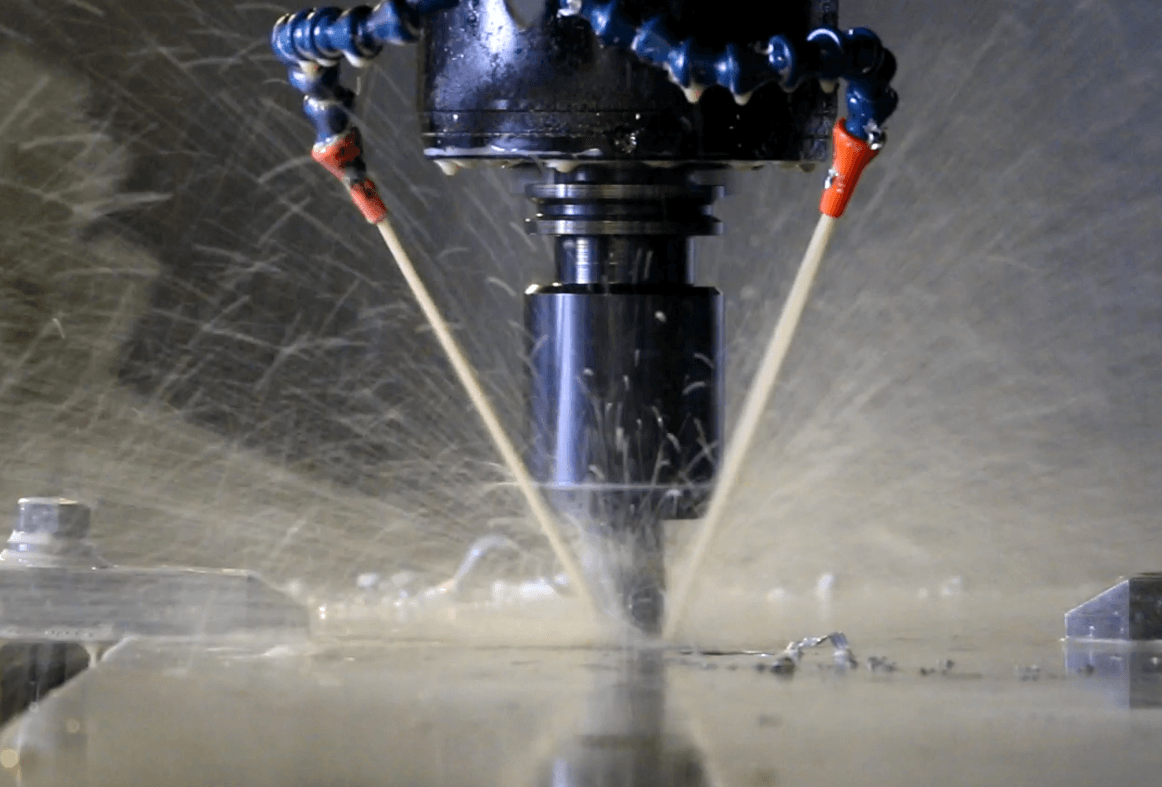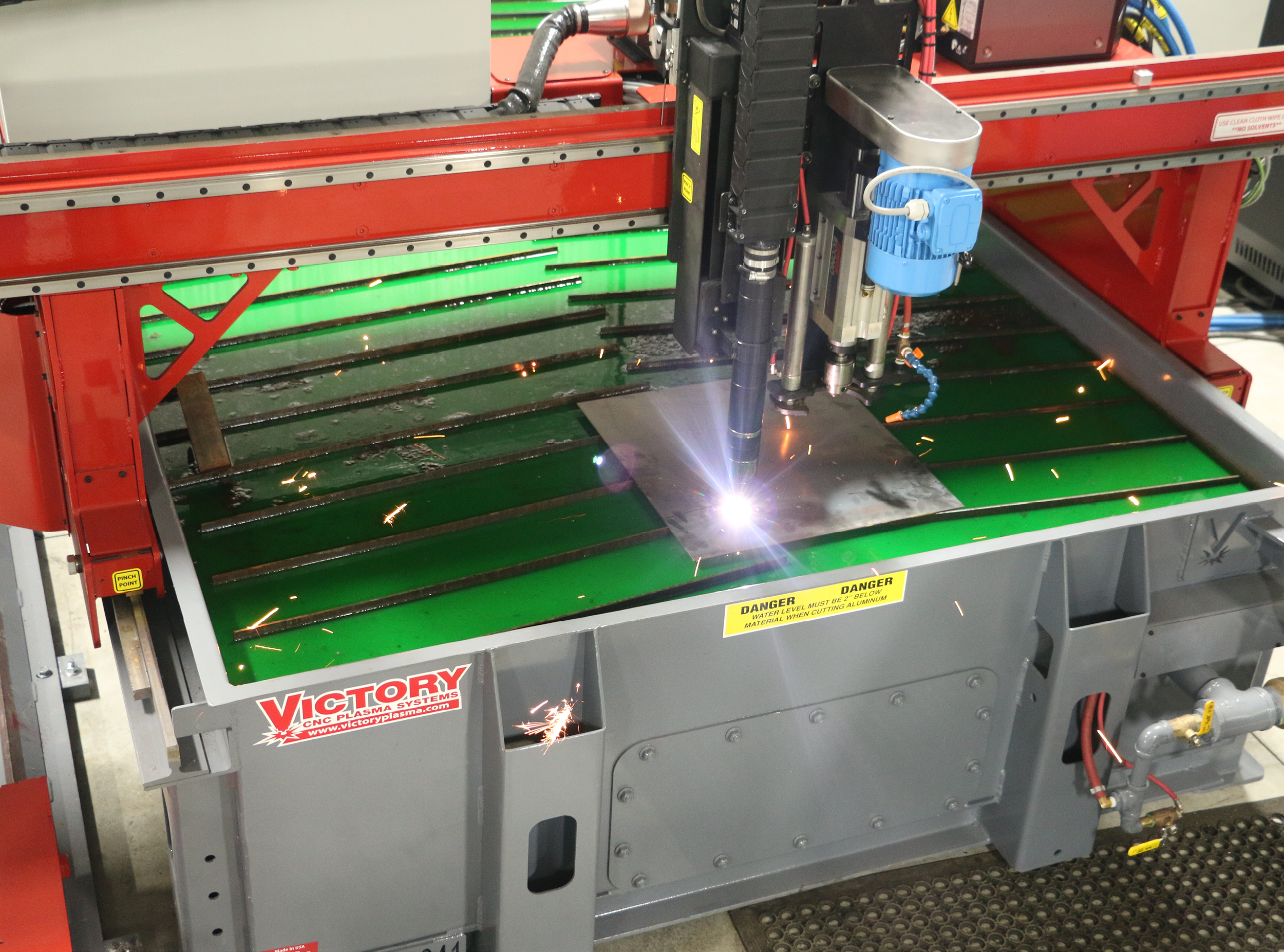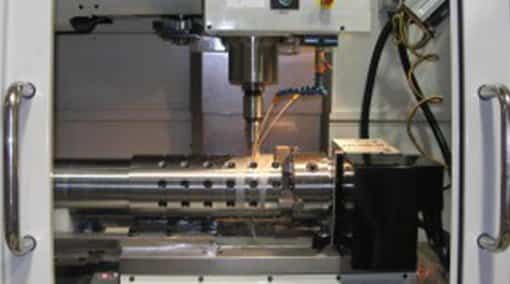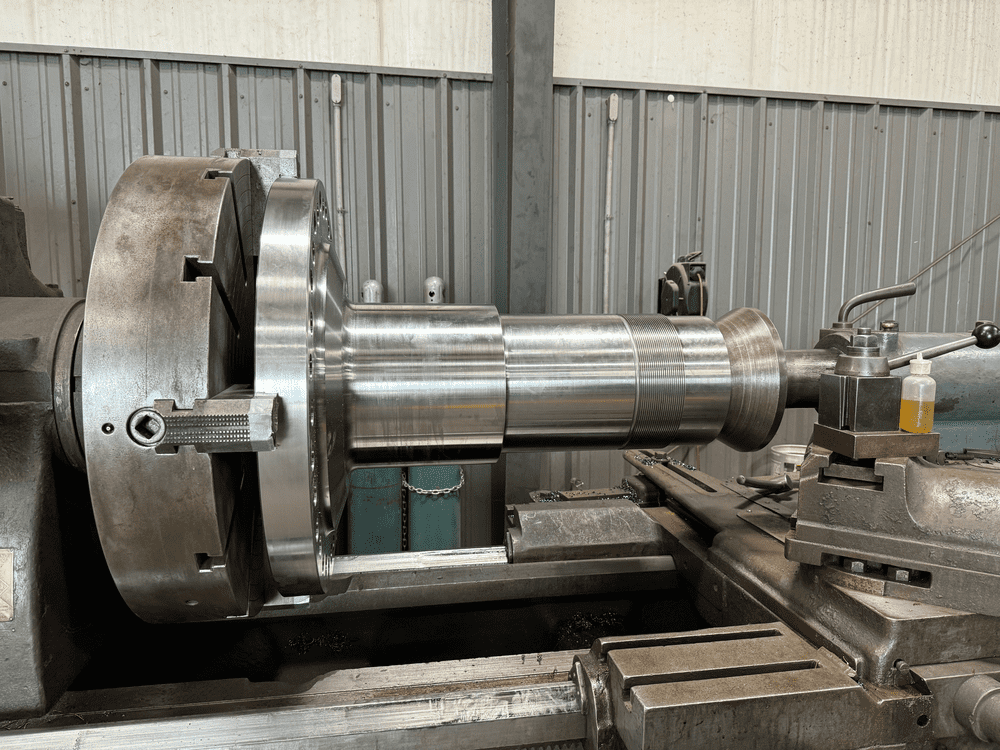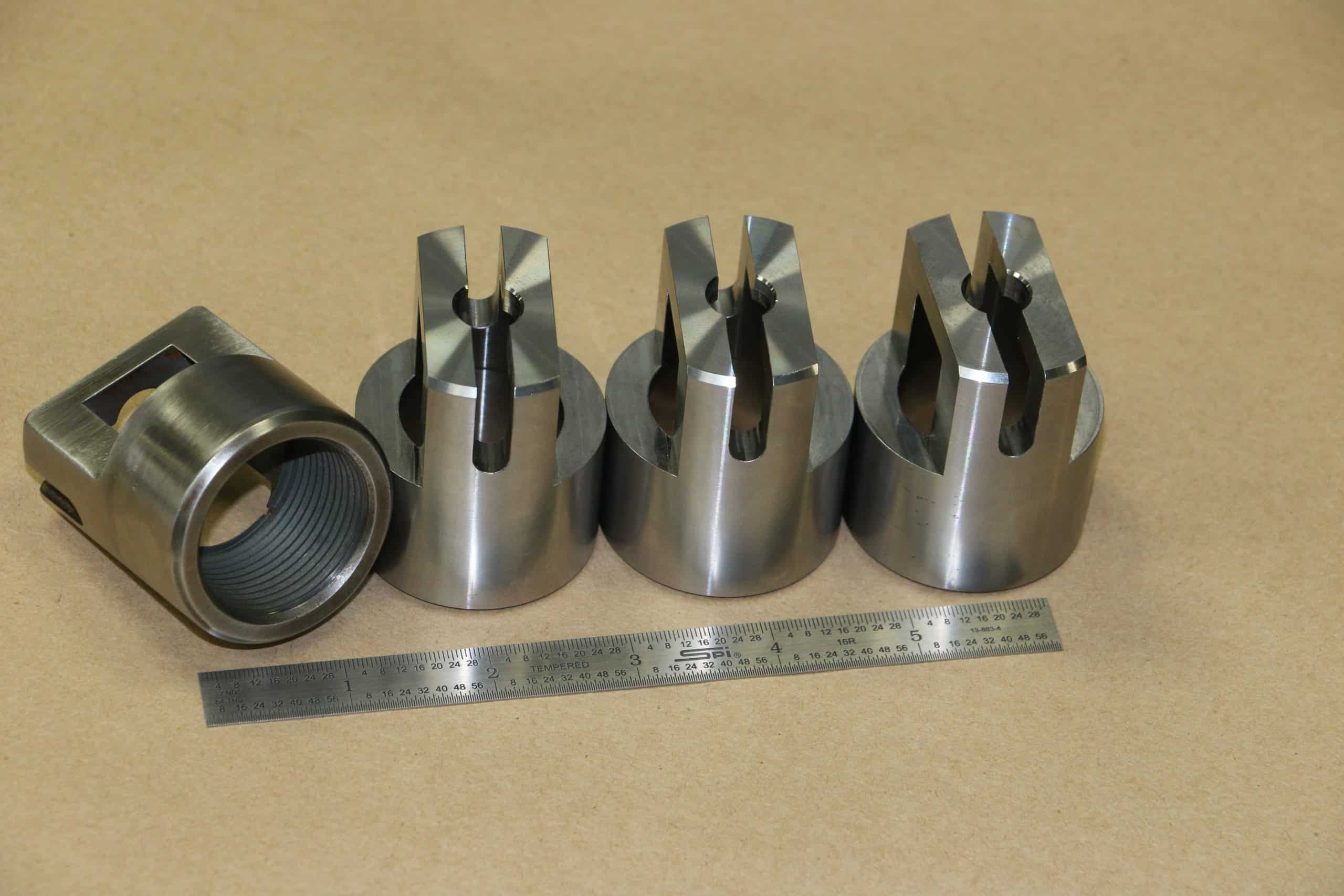When you need a precise metal part, two powerful technologies often come to mind: plasma cutting and laser cutting. Both can slice through metal with incredible accuracy, turning a digital design into a physical object. But they work in very different ways and excel at different tasks. So, how do you know which one is the right choice for your project?
Choosing the correct cutting method is a key decision that impacts your project’s cost, timeline, and the final quality of the part. This guide will break down the differences between plasma and laser cutting, exploring how they work, what materials they handle best, and their unique pros and cons. Understanding these distinctions will help you select the best process for your specific needs.
What is Plasma Cutting? 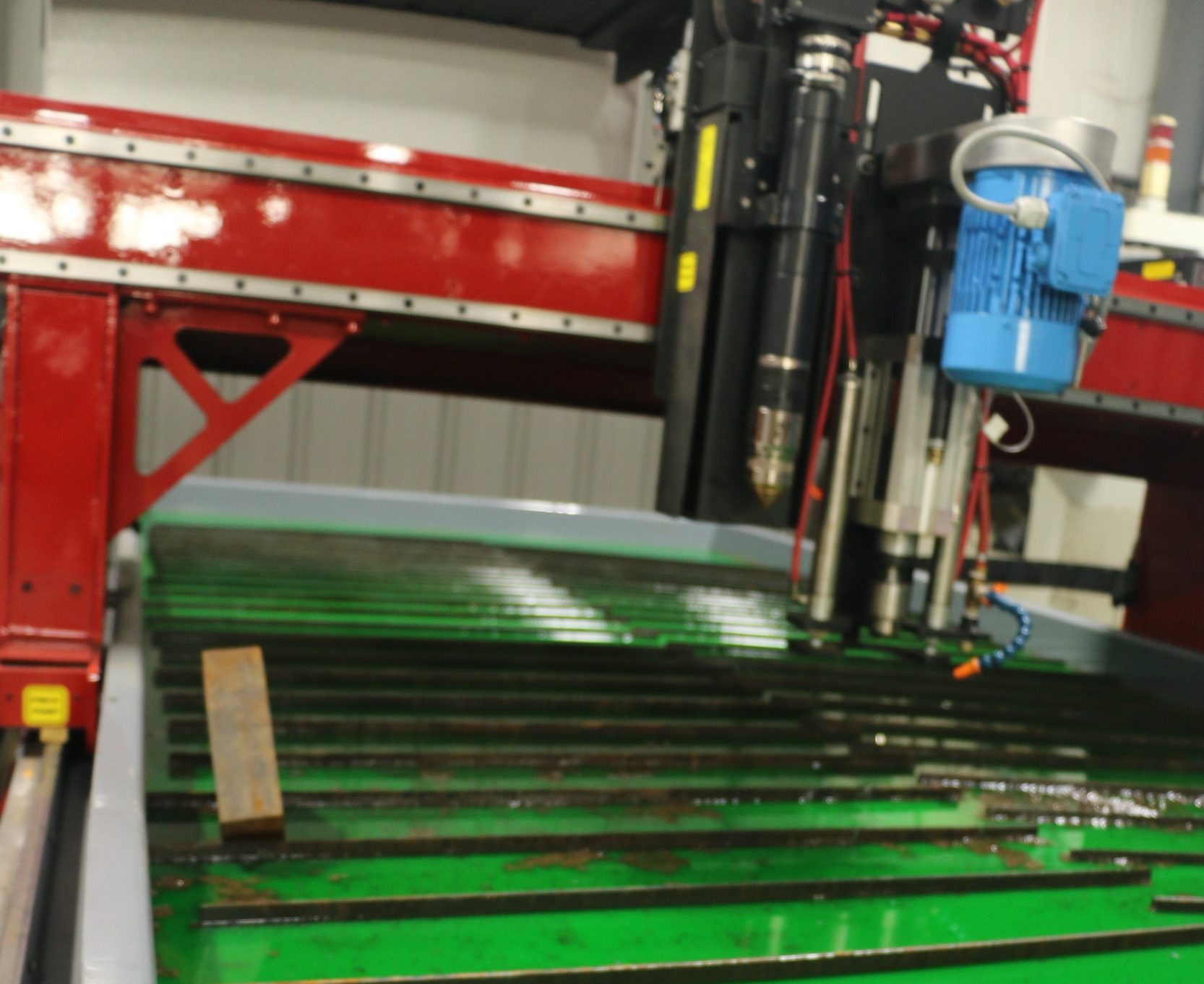
Imagine harnessing the power of lightning to cut through metal. That’s essentially what plasma cutting does. This process uses a high-velocity jet of ionized gas, or plasma, that reaches scorching temperatures. The plasma arc is created by sending an electric current through a gas (like air, nitrogen, or oxygen) as it passes through a small nozzle.
This superheated plasma stream instantly melts the metal it touches, while the high-speed gas blows away the molten material. The result is a clean cut. The entire operation is guided by a Computer Numerical Control (CNC) system, which reads a digital design file and directs the plasma torch with extreme precision. It’s a robust method known for its power and ability to handle thick materials.
Advantages of Plasma Cutting
Plasma cutting is a workhorse in many industries for good reason. It offers several significant benefits that make it a go-to choice for a wide range of jobs.
- Excellent for Thick Metals: Plasma’s biggest strength is its ability to efficiently cut through thick conductive metals. It can handle steel, stainless steel, and aluminum that are several inches thick, a task that can be difficult or impossible for many lasers.
- High-Speed Cutting: When it comes to medium-to-thick materials, plasma cutting is remarkably fast. Its high cutting speed makes it very productive and cost-effective for projects that don’t require razor-thin precision.
- Lower Initial Cost: Plasma cutting systems generally have a lower initial investment cost compared to laser machines. This can make it a more accessible technology for machine shops and fabricators.
- Versatility on Conductive Metals: This method works on any electrically conductive metal, including steel, aluminum, stainless steel, copper, and brass.
Disadvantages of Plasma Cutting
While powerful, plasma cutting isn’t the perfect solution for every situation. It has a few limitations to consider.
- Wider Kerf: “Kerf” refers to the width of material removed during a cut. Plasma cutting creates a wider kerf than a laser, meaning the cut line itself is thicker. This can be a drawback for designs with extremely fine, intricate details.
- Heat-Affected Zone (HAZ): The intense heat creates a heat-affected zone along the cut edge. This can slightly alter the metal’s properties, which might be a concern for parts that will be under high stress. It can also lead to a beveled edge on thicker materials.
- Less Precision on Thin Materials: While modern high-definition plasma systems offer great accuracy, they generally can’t match the pinpoint precision of a laser, especially on thin sheet metal.
What is Laser Cutting? 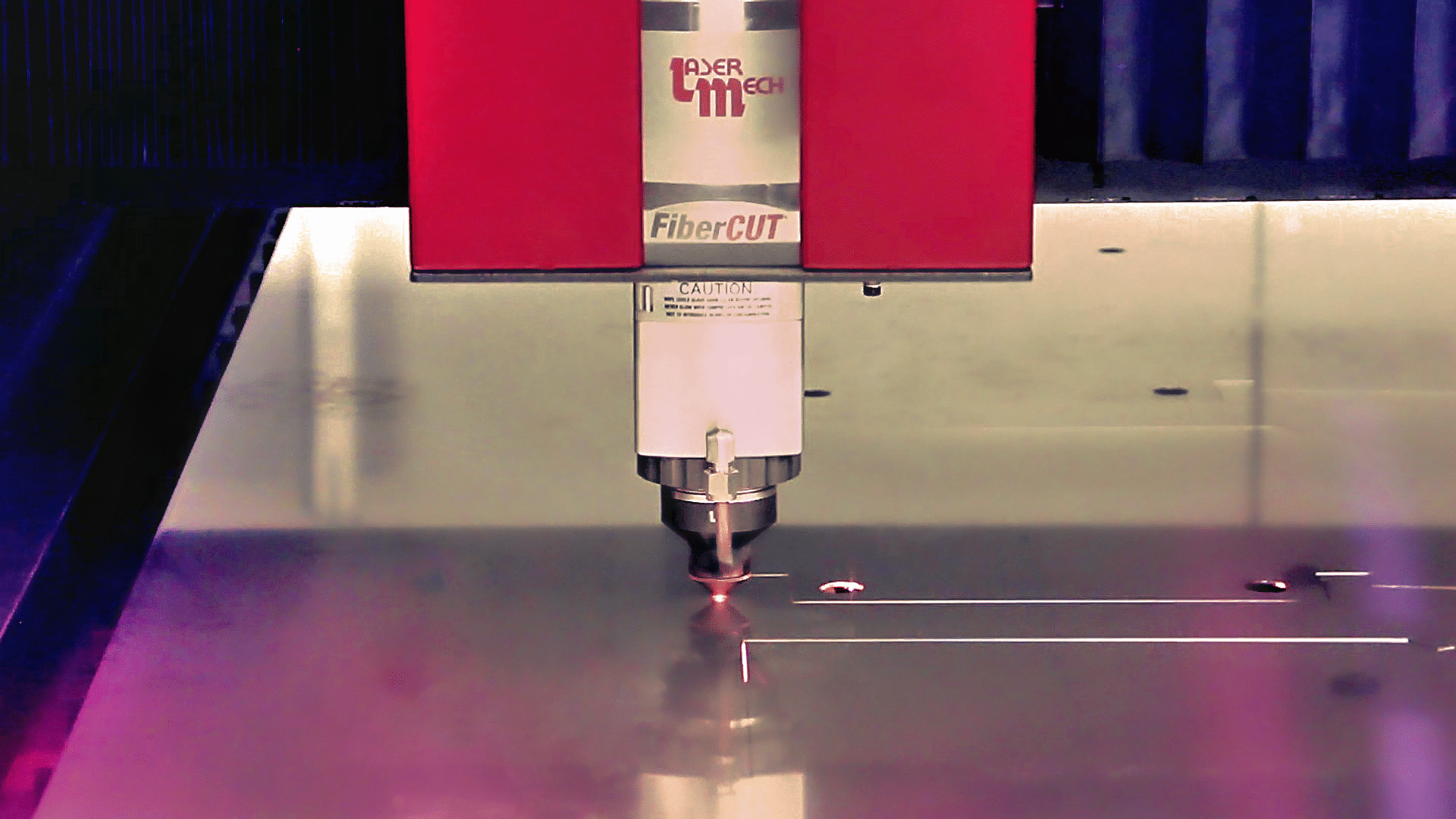
Laser cutting is a thermal process that uses a highly focused and amplified beam of light to do its work. Guided by a CNC system, a laser head moves over the material, directing a beam that is so powerful it can melt, burn, or vaporize the material in its path. At the same time, a jet of gas blows the excess material away, leaving a smooth and precise edge.
Because the laser beam itself is tiny—often smaller than a human hair—it can create incredibly complex shapes and sharp corners. This non-contact process is celebrated for its speed and surgical precision, particularly when cutting parts from flat sheets of metal, plastic, or even wood.
Advantages of Laser Cutting
Laser cutting provides a unique set of benefits that make it the ideal choice for many modern manufacturing applications.
- Unmatched Precision: The standout feature of laser cutting is its exceptional accuracy. It can cut extremely intricate designs and sharp internal corners with a very narrow kerf, producing parts that require little to no secondary finishing.
- Superior Edge Quality: Laser cutting typically produces a very smooth, clean edge. This high-quality finish often eliminates the need for later steps like deburring or sanding.
- Incredible Speed on Thin Materials: For cutting shapes from thin-gauge sheet metal, laser cutting is exceptionally fast and efficient, making it perfect for high-volume production runs.
- No Tool Wear: Since nothing but a beam of light touches the material, there are no cutting tools to wear out and replace. This reduces downtime and operational costs over the long term.
Disadvantages of Laser Cutting
Despite its precision, laser cutting has its own set of challenges that make it less suitable for certain jobs.
- Material Thickness Limitations: A laser’s effectiveness decreases as the material gets thicker. The maximum thickness a laser can cut depends on the material type and the power of the laser itself. Plasma is often the better choice for very thick plates.
- Challenges with Reflective Materials: Highly reflective metals like polished aluminum, copper, and brass can be difficult to laser cut. The reflective surface can bounce the laser beam, potentially damaging the machine and resulting in a poor-quality cut.
- Higher Equipment Cost: Laser cutting machines are a significant investment, often costing much more than plasma systems. This can translate to a higher price for the finished part, especially for smaller production runs.
How to Choose the Right Process for Your Project
So, which cutting method is right for you? The best choice depends entirely on your project’s specific requirements. Here’s a simple breakdown to help you decide.
You should choose plasma cutting if:
- You are cutting thick conductive metals (generally over half an inch).
- Your primary need is speed and cost-efficiency over surgical precision.
- The design is relatively simple without extremely fine, intricate details.
- You are working with a budget where lower operational cost is a priority.
You should choose laser cutting if:
- Your part requires very high precision, intricate details, or sharp corners.
- You are working with thin-to-medium thickness sheet metal.
- A smooth, clean surface finish right off the machine is critical.
- You need to produce a large volume of identical flat parts quickly.
In many cases, the most effective manufacturing strategy might even use both technologies. A part could be quickly profiled with a plasma cutter, then moved to a CNC machine for more detailed work like threading holes—a process that neither plasma nor laser can do.
Still not sure which path is best for your component? Our team of experts can look at your design, material needs, and production goals to recommend the most efficient and effective manufacturing solution.

